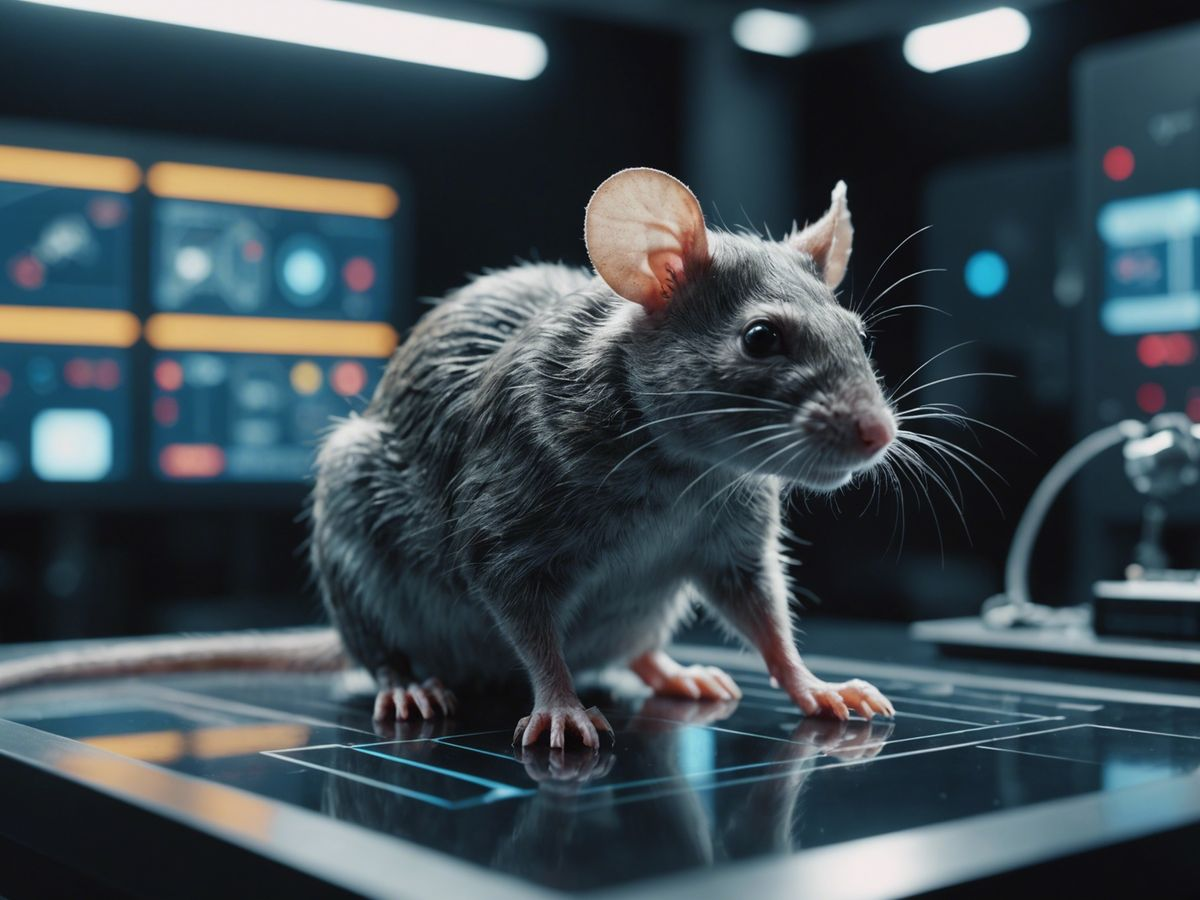NCAA Bracket Perfection Odds: Understanding the Math Behind It
When it comes to NCAA bracket perfection odds, fans and analysts alike are often left wondering just how likely it is to achieve that elusive perfect NCAA bracket during March Madness. With 64 games in the tournament, predicting the outcome of each matchup accurately seems nearly impossible. In fact, statisticians argue that the odds are akin to winning the lottery, with the likelihood of guessing correctly through each round amounting to an astronomical number that stretches into the quintillions. As participants dive into bracket challenges and make their March Madness predictions, many remain unaware of just how many upsets can occur, drastically affecting their chances. With historical NCAA tournament stats illustrating the rarity of a perfect bracket, it’s clear that while dreams of flawless predictions capture our imaginations, they remain tantalizingly out of reach for most contenders.
Exploring the notion of achieving a flawless tournament prediction unveils the staggering realities of NCAA bracket odds. The quest for a perfect tournament fill-in, often referred to as a bracket challenge, draws millions every year, but the odds are heavily stacked against bettors. When making predictions during the March Madness frenzy, it’s essential to consider potential upset predictions that could shake the standings and derail even the most calculated forecasts. Understanding NCAA tournament statistics can provide valuable insights, but the complexity of the games ensures that no strategy guarantees perfection. As fans eagerly engage with the excitement of the bracket season, the challenge lies not just in predicting winners, but in navigating the unpredictable nature of college basketball.
Understanding the Odds of a Perfect NCAA Bracket
The odds of selecting a perfect NCAA bracket are astronomically low, estimated at 1 in 2^63, which is roughly equivalent to one in quintillions. This daunting figure highlights how challenging it is to predict the outcome of every game in the NCAA tournament correctly. Statisticians, including those from Harvard, emphasize that this feat is so unlikely that it might not be achieved even once in a lifetime. The complexity of the tournament, featuring nuances in team performances and unpredictable outcomes, makes hitting the perfect bracket almost an impossible dream for any basketball enthusiast.
To add to the difficulty, it’s not just about making random selections; the structure of the tournament means that upsets can eliminate a perfectly chosen bracket almost instantly. Statistically, each game outcome is contingent on countless variables such as team performance and historical competition stats. Thus, while many try to aim for bracket perfection, the truth is that even seasoned analysts struggle with March Madness predictions. Embracing a realistic outlook can lead to better strategies for participating in bracket challenges, focusing on awareness of team dynamics over the impossible task of perfection.
Strategies for Winning Your Bracket Challenge
Participating in a bracket challenge can be a thrilling experience, especially during March Madness. To increase your odds of winning, focus on both favorites and key upset predictions. Although the top-seeded teams are generally favored to advance, predicting at least a few upsets strategically throughout the tournament can differentiate your bracket from competitors. Success in these challenges often relies on the ability to analyze team strengths, weaknesses, and potential matchups, which can elevate your predictions above random guessing.
Moreover, the familiar rule of ‘the more entries in your pool, the more critical it becomes to stand out’ plays a significant role. In a larger bracket challenge, crowd-pleasing picks may lead to repetition among competitors, making unique choices vital. Arm yourself with NCAA tournament stats and insights from previous seasons. This data can provide crucial context that informs your selections, from understanding an underdog’s road to the Final Four to recognizing when a top-ranked team might underperform. This approach can enhance your chances of sustaining a competitive edge throughout the tournament.
Navigating Upsets in NCAA Tournaments
Upset predictions are integral to the excitement of March Madness, with every tournament bringing unexpected twists. Understanding the factors that lead to these upsets is crucial for savvy participants in bracket challenges. Analyzing past tournaments reveals patterns, such as the vulnerability of high seeds against lower seeds, particularly in early rounds. This historical perspective can help in making informed predictions about which lower-ranked teams may have the potential to upset their higher-ranked opponents.
Moreover, psychological factors also come into play during these games. Teams with a history of underdog success can thrive in high-pressure situations, utilizing the “nothing to lose” mentality. These insights can significantly bolster upset predictions and provide a more rounded approach to bracket building. By judiciously incorporating analyses of both team stats and historical performances, participants can enhance their chances of successfully predicting March Madness outcomes.
The Role of Statistical Analysis in Bracket Predictions
Statistical analysis serves as the backbone of informed bracket predictions for NCAA tournaments. By understanding and applying various statistical methods, participants can refine their approach to choosing winners and losers. Key metrics, such as team efficiency ratings, margin of victory, and player statistics, can reveal crucial insights into how teams may perform against each other. Utilizing these metrics effectively enables predictors to move beyond mere guesswork and base their choices on solid statistical foundations.
In addition to basic statistics, advanced analytics such as predictive modeling can enhance one’s understanding of potential outcomes. Statistical models can evaluate thousands of scenarios to forecast how each matchup might unfold, allowing users to gain a clearer picture of their picks. Those serious about achieving a standout bracket in a challenge should familiarize themselves with these tools and methods, as they can significantly increase the likelihood of successful predictions in the unpredictable landscape of March Madness.
The Evolution of Bracket Challenges Over the Years
Bracket challenges have evolved significantly over the years, both in format and popularity. Originally limited to simple pools amongst friends or colleagues, they have now expanded into large-scale online competitions drawing millions of entrants. This transformation reflects the growing cultural significance of March Madness, where excitement builds around following teams and individuals through their tournament journeys. Today, various platforms offer analytical tools, live updates, and social features, enhancing the overall experience for participants from all walks of life.
Moreover, technology has played a key role in changing how participants engage with bracket challenges. With real-time data and analytics readily available at one’s fingertips, participants are better equipped than ever to make informed decisions. The integration of social media also allows for sharing strategies and discussing predictions, further enriching the community aspect of bracket participation. As more people engage with NCAA tournaments through bracket challenges, their evolution continues to shape how enthusiasts approach March Madness predictions.
Why Perfect NCAA Brackets Remain Elusive
Despite the allure of targeting a perfect bracket, the harsh reality is that it remains an elusive goal for even the most seasoned basketball analysts. Historical data indicates that no one has documented a perfectly filled-out NCAA bracket, further emphasizing the rarity of this occurrence. Variables such as skill levels, injuries, team dynamics, and historical trends contribute to unpredictable outcomes, solidifying the idea that a perfect bracket might be more fiction than attainable fact.
The excitement around achieving the perfect bracket can often overshadow the real goal, which is maximizing enjoyment and enhancing engagement with the tournament. For many participants, focusing on competing in bracket challenges and making shrewd selections can provide rewarding experiences, even if perfection remains statistically improbable. By identifying patterns, leveraging expert insights, and allowing for reasonable risks, participants can still enjoy the thrill of March Madness without the burden of striving for the impossible.
Optimizing Your Picks with NCAA Tournament Stats
Utilizing NCAA tournament stats can markedly improve your decision-making process during bracket challenges. Historical performance data, matchup statistics, and trends provide valuable insights into which teams are likely to advance. For instance, teams with strong defensive records often perform well in high-pressure games, making them safer bets in early rounds. Additionally, understanding the strengths and weaknesses of potential contenders can lead to more informed upset predictions.
Bringing in statistics such as shooting percentages, rebound rates, and assists can help create a nuanced perspective of each team’s capabilities. Moreover, analyzing how past tournaments unfolded aids in recognizing patterns—such as specific teams that consistently exceed expectations or those that fall short of their seeding. By embedding these statistical analyses into your bracket predictions, you can foster a more strategic approach to engage with March Madness, ultimately improving your chances of a competitive edge in your chosen challenges.
The Impact of Team Profiles on Bracket Success
Understanding the inherent characteristics of each team is crucial when filling out your NCAA bracket. Factors such as coaching style, player experience, and team chemistry contribute significantly to tournament success. Teams with strong leadership and well-coordinated practices tend to perform better under pressure, giving them a competitive advantage during the unpredictable matches of March Madness. Therefore, assessing team profiles can lead to more insightful predictions in the bracket.
Furthermore, the study of individual player contributions cannot be underestimated, especially in high-stakes games where key players can make or break a team’s performance. Scouting reports and player history in previous tournaments often provide insight into how athletes may perform in critical situations. As such, incorporating detailed team profiles into your decision-making improves not only the accuracy of predictions but fosters a deeper appreciation for the sport.
Anticipating March Madness: Preparing for the Tournament
Preparation is key for anyone looking to engage seriously in March Madness. The NCAA tournament is a whirlwind of intense games and surprises, and being informed beforehand raises confidence in your bracket choices. Participants should familiarize themselves with the teams, analyze their seasons, and highlight any patterns evident from previous tournaments. This groundwork will create a solid foundation for maximizing potential outcomes during the unpredictability of March Madness.
Moreover, being proactive about gathering information about potential upset predictions and keeping abreast of team developments can significantly affect bracket performance. Following expert analyses and engaging with relevant discussions helps cultivate a well-rounded awareness of the tournament landscape. The more strategy-centric your approach towards preparing for March Madness, the better your overall experience and potential bracket success will be.
Frequently Asked Questions
What are the actual odds of filling out a perfect NCAA bracket?
The odds of achieving a perfect NCAA bracket are astronomically low, calculated at 1 in 2 to the power of 63, which translates to quintillions. This means it’s almost impossible for anyone to predict all 63 games perfectly during March Madness.
Why is it considered nearly impossible to achieve a perfect NCAA bracket?
Achieving a perfect NCAA bracket is nearly impossible due to the unpredictable nature of the tournament. With many potential upsets and the inherent uncertainty of each game, the challenge goes beyond simple probabilities, making it akin to winning the lottery multiple times.
What strategies can improve my chances in a bracket challenge?
To improve your chances in a bracket challenge, focus on selecting a mix of favorites while also strategically choosing a few potential upsets. Analyzing NCAA tournament stats and trends can help you identify which top seeds are likely to perform well and which matchups are ripe for surprises.
How do March Madness predictions influence NCAA bracket outcomes?
March Madness predictions, often based on team performance stats and expert analyses, can significantly influence NCAA bracket outcomes. While they can guide your picks, remember that the unpredictable nature of the tournament means no prediction is foolproof.
What role do upset predictions play in perfect NCAA bracket attempts?
Upset predictions are crucial in perfect NCAA bracket attempts, particularly if you’re participating in a bracket challenge with many entries. Correctly identifying key upsets can distinguish your bracket and improve your chances of winning among competitors.
Can data analysis enhance my NCAA bracket success?
Yes, utilizing data analysis can greatly enhance your NCAA bracket success. By studying NCAA tournament stats, historical performance, and expert insights, you can develop a more informed strategy to maximize your chances of filling out a winning bracket.
Have anyone ever successfully completed a perfect NCAA bracket?
As of now, no one has officially recorded achieving a perfect NCAA bracket. The challenge posed by selecting the correct outcomes for all games is extraordinarily high, contributing to its status as an elusive goal for fans.
What are common misconceptions about picking a perfect NCAA bracket?
Common misconceptions include the belief that a perfect NCAA bracket is merely a matter of luck or flipping coins. In reality, while luck plays a role, informed decisions based on stats and understanding team dynamics are essential for improving your bracket accuracy.
How does the number of entries in a bracket challenge affect my winning chances?
In a bracket challenge with many entries, your chances of winning depend on how unique your selections are. While you may need to follow favorites, picking correct upsets will differentiate you from others, thereby improving your chances of winning.
What factors contribute to the low likelihood of achieving a perfect NCAA bracket?
Factors contributing to the low likelihood of achieving a perfect NCAA bracket include the high number of games, user biases in picking, the unpredictable nature of upsets in March Madness, and the overwhelming odds calculated against achieving perfection.
| Key Point | Details |
|---|---|
| Odds of a Perfect Bracket | The odds are 1 in 2^63, an astronomical number, making it highly unlikely anyone will achieve this in their lifetime. |
| Historical Data | No reported cases of a perfect bracket have occurred; the 2025 tournament had no perfect brackets left by mid-tournament. |
| Comparison to Lottery | Achieving a perfect bracket is likened to winning the Powerball lottery two times consecutively. |
| Game Strategy | While top seeds rarely lose in the first round, accurately predicting upsets is crucial for office pool success. |
| Playing the Odds | In large pools, distinguishing picks by choosing a few upsets along with favorites is important. |
Summary
The odds of picking a perfect NCAA bracket are staggeringly low, making it practically impossible to accomplish in a person’s lifetime. Statistically, the chances of achieving a flawless bracket are akin to winning the Powerball lottery multiple times. Despite the challenge, with strategic selections based on historical data and team performance, one can still aim for a competitive bracket in local pools. Understanding and leveraging the odds can enhance one’s chances, even though perfection remains elusive.





